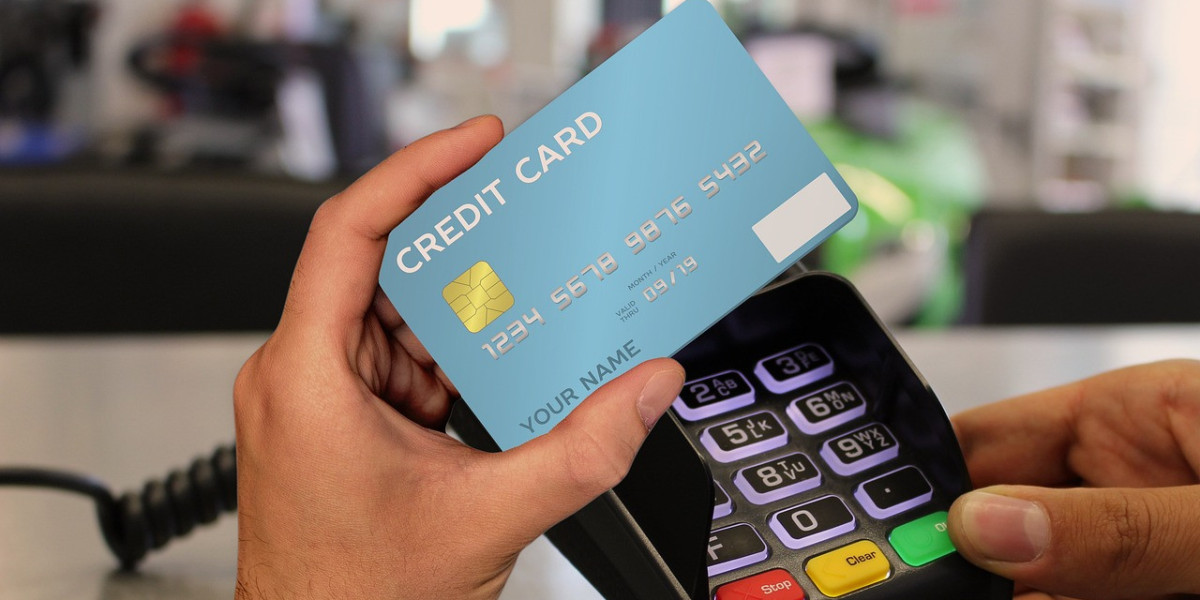Having your credit card stolen can be a stressful experience, but acting quickly can help minimize the damage and prevent unauthorized charges. Whether your card was physically taken or your information was compromised online, there are several steps you should take immediately to protect your finances and credit. Here’s a detailed guide on what to do if your credit card is stolen.
1. Contact Your Credit Card Issuer Immediately
The first and most crucial step is to report your stolen credit card to your credit card issuer as soon as you realize it’s missing. Most companies have a 24/7 hotline for reporting lost or stolen cards.
Call your card provider and explain the situation. They will typically freeze or cancel your current card to prevent any further unauthorized transactions.
Request a replacement card to be sent to you as soon as possible. In many cases, the new card will arrive within a few days, and you’ll have a new card number and security code.
Most credit card companies have fraud protection policies in place, meaning you’re usually not responsible for any unauthorized charges, especially if you report the theft promptly.
2. Check for Unauthorized Transactions
While your card issuer will block new transactions, you should carefully review your recent credit card activity to see if any fraudulent charges have already been made. Look for any unfamiliar transactions, especially small ones. Fraudsters sometimes start with minor purchases to test if the card is still active before making larger transactions.
If you spot any unauthorized charges:
Report them to your credit card company right away.
Make sure to document all fraudulent transactions for future reference, especially if any further investigation is needed.
3. Freeze or Lock Your Credit Report (Optional)
To prevent further misuse of your credit card information, consider placing a freeze or fraud alert on your credit report. This prevents anyone from opening new credit accounts in your name without your explicit permission.
Credit freeze: This blocks access to your credit report, making it difficult for identity thieves to open new accounts. You’ll need to lift the freeze temporarily when applying for new credit.
Fraud alert: This notifies potential lenders that your personal information may have been stolen, and they must verify your identity before issuing new credit.
Both options can be set up with the three major credit bureaus: Equifax, Experian, and TransUnion.
4. Update Automatic Payments
If you have automatic payments set up using your stolen credit card, such as for subscriptions, bills, or memberships, you’ll need to update them with your new card information. This is important to avoid missed payments, late fees, or service interruptions.
Make a list of any recurring charges linked to your stolen card and contact the relevant companies to update your payment method once you receive your replacement card.
5. Monitor Your Credit and Account Statements
After reporting the stolen card, it’s important to stay vigilant. Keep a close eye on your credit card statements and credit report in the following weeks or months. Fraudsters may attempt to use your information elsewhere or try to open new accounts under your name.
Check your account statements regularly: Look for any signs of unauthorized charges.
Monitor your credit report: You can request a free copy of your credit report annually from the three major credit bureaus or use a credit monitoring service for more frequent updates.
If you notice anything suspicious, report it immediately to your card issuer and the credit bureaus.
6. File a Police Report (If Necessary)
In some cases, particularly if your wallet or purse was stolen, it may be necessary to file a police report. This could be useful if your stolen card was used for significant purchases, or if you believe your identity has been compromised. Having a police report can also help you in dealing with your credit card company and credit bureaus to resolve any fraud issues.
When filing the report, provide as much information as possible, such as:
The time and place you last saw your card.
Any suspicious activities you noticed.
Details of any unauthorized transactions.
7. Follow Up with Your Credit Card Company
Once you’ve reported the stolen card and received your replacement, it’s important to follow up with your credit card issuer. Confirm that your card has been successfully canceled and that no additional unauthorized charges have been made.
You should also inquire about any ongoing fraud investigations and whether your credit card provider requires any further documentation from you, such as a written statement about the theft.
8. Take Precautionary Steps for Future Protection
After dealing with the immediate issue, it’s a good idea to review your overall financial security practices to protect yourself from future incidents. Consider taking the following steps to safeguard your credit card and personal information:
Use virtual credit card numbers for online purchases to protect your actual card number.
Set up transaction alerts to receive notifications for every charge made with your card, helping you detect fraudulent transactions in real time.
Regularly change your passwords and ensure they are strong and unique, particularly for online banking or shopping accounts.
Taking these extra measures can provide peace of mind and reduce the risk of another credit card theft or fraud incident in the future.
Conclusion: Act Quickly to Minimize Damage
If your credit card is stolen, acting swiftly is crucial to minimize the financial damage. Immediately report the theft to your credit card issuer, monitor your account for unauthorized charges, and take precautionary steps to prevent future incidents. By staying vigilant and proactive, you can protect yourself and reduce the long-term impact of credit card theft.







